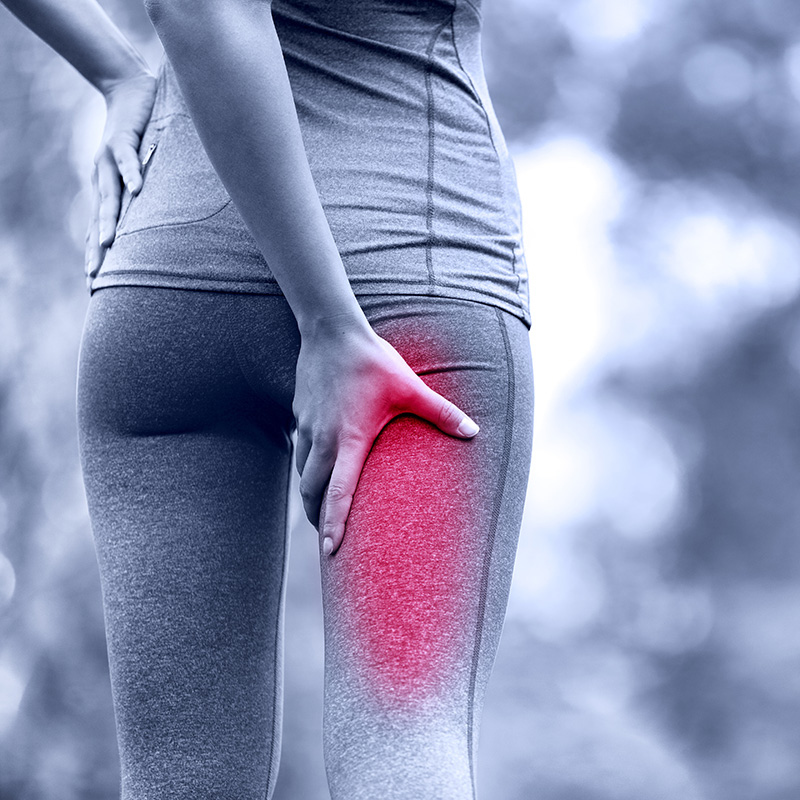“Three Things Guaranteed To Make Your Sciatica WORSE!”

Leg pain caused by compression or irritation to the Sciatic nerve is also referred to as “Sciatica”. This is an incredibly painful condition that can be caused by a number of problems in the lower back or hip. It is important to know that sciatica is a symptom and not a cause, therefore not all sciatic pain should be treated the same. This article is more relevant to sciatica sufferers who suspect a lumbar disc disorder is behind their nerve pain.
Let’s begin with a quick Anatomy -101 lesson. We have discs between just about every vertebra in our spine. The shape and size of the disc changes depending on what part of the spine we are inspecting. In the lumbar spine, the discs are tall and filled with a gel-like substance. The fibrous outer ring of the lumbar discs are called the annulus and provide this structure with some support and protection.
The lumbar discs are fairly well protected by a thick ligament in the front and the back, but the sides are exposed, making them vulnerable to injury. Disc bulges, or herniations typically happen in this area. The problem with that is this area is also shared by spinal nerves leaving the spinal cord and exiting through small spaces between each vertebra (called foramen). When a lumbar disc bulges, the gel-like material presses against the annulus causing a deformity in the disc. If the pressure is significant enough, it may result in a herniation. Irritation to the sciatic nerve happens because the disc is now occupying space shared by that nerve.
Now that you know a little more about what actually happens to the disc during an injury, let’s talk about what things to avoid!
First, you want to avoid bending forward. Flexing the spine in a forward direction causes compression of the disc space in the front and pushes the gel-like substance to the back corners of the disc where the injury is. This type of motion can be really painful and further perpetuate the problem. If you must bend, it’s best to keep the spine straight and do your best to flex, or hinge from the hips.
Next, you will want to also avoid twisting movements. In the lumbar spine, each disc is tethered to the vertebra above and below. When you perform twisting movements, it creates a torsion on the discs they won’t appreciate (think of a bad “Indian Burn”).
Lastly, try to avoid prolonged sitting. Sitting results in more compression through the spine and your injured disc will not appreciate that. Instead, spend more time walking (but not too much) and laying on your back with your legs supported. This will allow you to decompress the spine and get a little temporary relief.
During an acute disc injury, ice is extremely helpful. Try not to get too carried away with stretches or exercise as your spine is in a very vulnerable state. It is best to seek out care for your spine quickly to speed up the healing process and avoid further damage.
The spine care experts at Tandem Physical Therapy are trained at identifying the exact cause of your sciatica and initiating the proper treatment. If you are suffering with nerve pain down your leg and don’t know what to do about it, let’s chat! You may qualify for one of our free Discovery Visits to help you understand your treatment options and decide if we would be a good fit to help you. Call us at (504) 407-3477 to get started.
